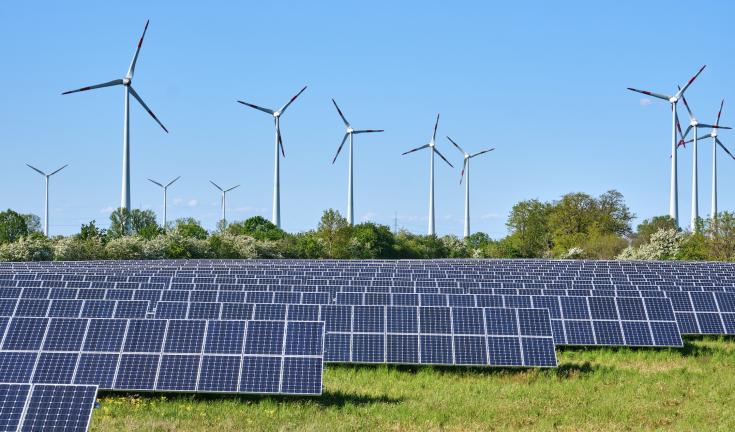Revision of the energy efficiency and renewable energy directives

Last year, the European Commission put forward its first tranche of proposals in the Fit for 55% Package, comprised of revisions to several policies as well as a host of new initiatives. Six months on where do we stand in the proposed changes to the Energy Efficiency Directive and the Renewable Energy Directive?
Energy Efficiency Directive (EED)
The revised EED proposal put forward a binding energy efficiency target of 36% improvement from 1990 base level by 2030, up 3.5% from the previous target. This would represent a 9% reduction from 2020, and an annual saving of 1.5%. Each member state will set national energy efficiency contributions for final and primary energy consumption as well as an indicative trajectory, to be submitted to the Commission as updates to their National Energy and Climate Plans (NECPs).
There is also a new 'energy efficiency first' principle, providing legal basis for applying the principle and requiring consideration of energy efficiency in policy and investment decisions related to energy systems and non-energy sectors, including social housing. Further obligations for public authorities include reducing the energy intensity of public installations, renovating public buildings and considering energy efficiency in public procurement, rather than cost-effectiveness alone. There may also be scope to introduce new requirements on circularity.
In the private sector, the need for energy audits will no longer be determined by company type, but rather by levels of energy consumption, with mandatory energy management systems for the largest users. Member states will need to make specific provisions for vulnerable users and those in energy poverty, firstly determining those at risk, implementing energy efficiency measures for their benefit, and taking measures to mitigate effects from other policies and measures.
Member states are currently calling for greater flexibility, particularly in relation to renovation requirements for public buildings, particularly those which are historic. Some states would instead like to see large buildings prioritised, while others argue that focus should be only on fossil fuel energy, rather than total energy.
Renewable Energy Directive (RED)
The proposed RED recast put forward a target that 40% of total energy consumption be generated renewably by 2030, with sub-targets of 13% reduction in carbon intensity of transport fuel and 1.1% annual increase for heating and cooling. An annual 1.1% reduction target also applies to industry, and there is a non-binding 49% target for renewable energy use by buildings.
Bioenergy will be given new, stricter sustainability criteria for woody biomass and 'no go' areas will be established where sourcing biomass is prohibited. Sub-targets will be set for hydrogen and synthetic fuels: 2.6% for renewable fuels of non-biological origin in transport, and a 50% renewable share in hydrogen consumption for industrial processes.
Member states are broadly supportive, but again flexibility has been requested to take account of national circumstances, particularly related to financing issues in poorer states. Others have called instead for a more ambitious 45% target.
Both pieces of legislation are in Committee stage in the European Parliament, with their first positions expected in early 2022. For more information, visit the European Commission’s page on Delivering the European Green Deal.
